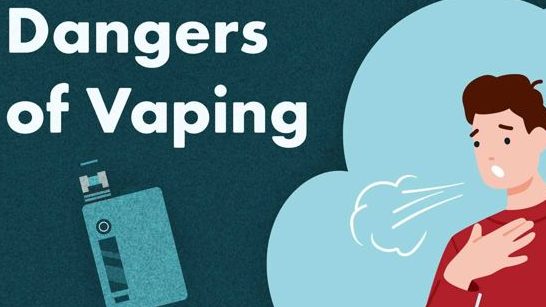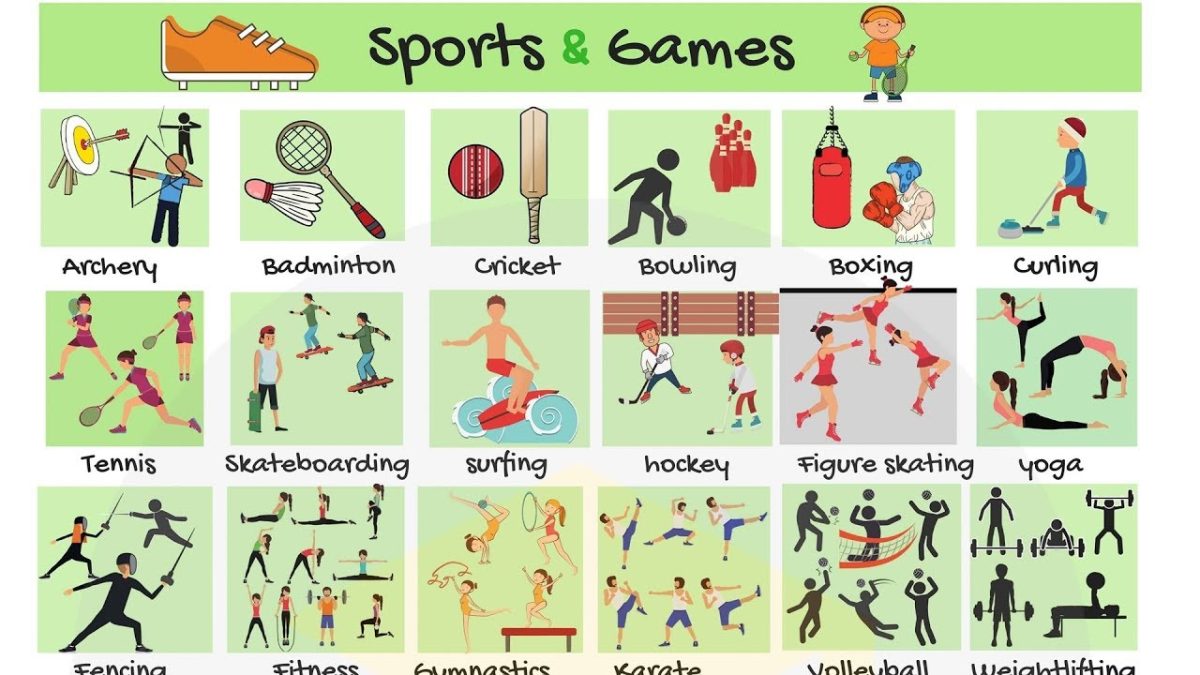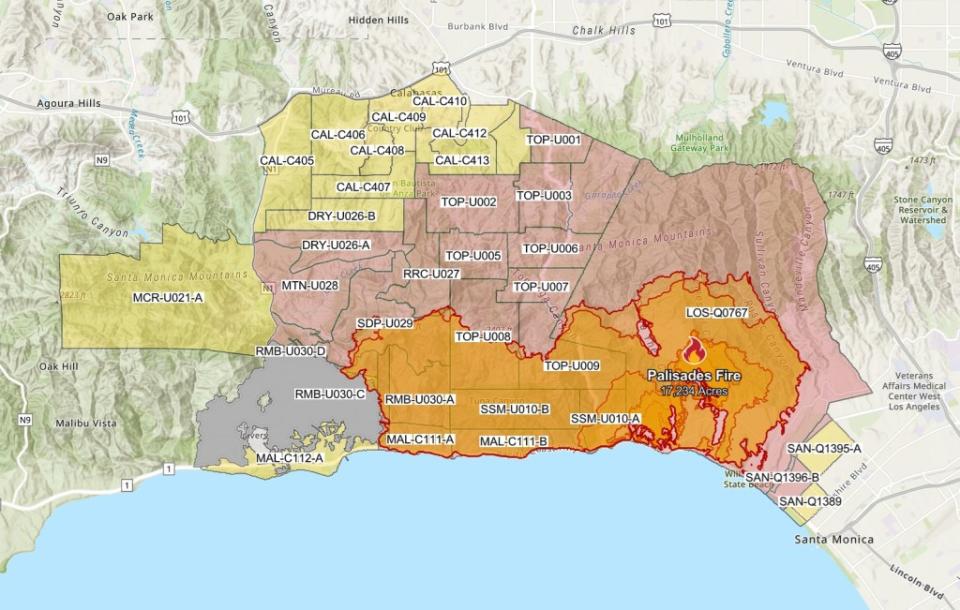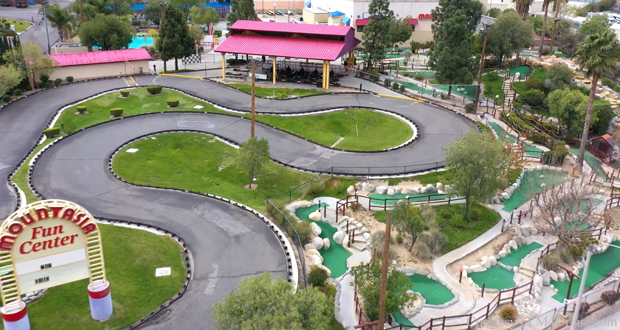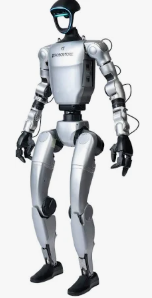The three rules of robotics: “The first law is that a robot shall not harm a human, or by inaction allow a human to come to harm. The second law is that a robot shall obey any instruction given to it by a human, and the third law is that a robot shall not harm humans or cause them harm.
What this essentially means is that any type of robot cannot harm, even if commanded to do so by anyone. This also means that it should obey human command, even if it is an adaptive AI and tries to take over the industry, or, as some people might fear, humanity. These rules may be useful in situations where the robot will not follow the creator’s commands, which is a low possibility. These rules can also help maintain a safe environment for the robotics industry and humanity at large.
These rules were invented by Isaac Asimov in 1942 in the short story “Runaround.” Many people were trying to make robots way before the laws were created. Key inventors, scientists, and engineers involved in robotics include Leonardo da Vinci, Isaac Asimov, Joseph Engelberger, and George Devol.
Robotics Timeline
Way before 1946, people were already going into the field of robotics from ancient times. Greek and Chinese automata, through the Renaissance 15th–16th centuries, Industrial Revolution, 20th century, first industrial robots, to the present day.
1943–Colossus, the first electronic computer, was built to decode Nazi codes during World War II.
1946–Scientists turned on the Electronic Numerical Integrator All-Purpose Computer (ENIAC), and it was the very first all-purpose computer at that time. It weighed around 30 tons.
1961–Unimate became the first robot to help humans build a lot of cars, which is AWESOME for 1961.
1966–Shakey became the first mobile robot to visually understand its environment and make its own decisions without human help.
1975–PUMA (Programmable Universal Machine for Assembly) was created for General Motors. It has become widely used in many industries for robots, which is a very big development.
1981–Canadarm, a huge robotic arm, is sent into space to fix many satellites and telescopes really useful for astronauts because without this, they would have done it all by hand!.
1989–A lab at the Massachusetts Institute of Technology (MIT) makes Genghis, one of the first walking robots ever to roam this planet.
1996–Honda released the P-2, a human-like robot that can walk, climb stairs, and carry heavy loads like many grocery bags.
2000–The U.N. (United Nations) estimates that around 742,500 industrial robots are being used worldwide for multi-use purposes, from washing the dishes to catching thieves.
2005–Guardrobo Division 1 patrols buildings that are in Japan, checking for dangers such as intruders and fires.
All of this information about robots is amazing, and the fact that the first “robots” were made back in the 15th century, all the way to modern times. Robotics has also massively revolutionised many industries by automating various processes and lowering labour costs.
Robotics has even helped improve the film industry. You may have been using robots all your life, like Siri or your iPhone, or even a Rumba. The filming industry has been helped by robots, as “From operating camera rigs to assisting in post-production editing, robots are improving efficiency in film production.” This text was stated by (https://thinkrobotics.com/). They also stated that “Drones and robotic arms are capturing cinematic shots that would be difficult or dangerous for human operators.” Out of all these countries in the world, China is the number one in the field of robotics.
How Robots Help the World
Robots helped the world by making it a work-free place because, according to MIT(Massachusetts Institute of Technology), every robot can replace 6 workers in that specific function or area. Well, some people may think that this is a bad thing, but it actually isn’t, because new jobs will come, and those will be making or coding robots. Some may think that it is a bad idea because robots might make other robots. However, it is not bad because then they will create more jobs for coding the robots.
This same formula can go on forever and forever, so there really isn’t a problem with robots replacing jobs. Robots can also have an even more positive impact by helping the doctors. Since robots don’t have to get paid at all, they can be nurses as well. Did you know that some nurses are being replaced by robots already? Robots can help with physical therapy; understand how people feel by using adaptive AI, and combine with the robot’s structure to make it more soft and less “scary”. Did you know that from today,yourg, it states that there are“54% of Americans who used the word cautious toward the word AI.”
Conclusion
In conclusion, the history of robots highlights their transformation from early dreams to foundational roles in industries and daily life. Remembering the key rules for robotics ensures technology remains beneficial as we imagine the future.




